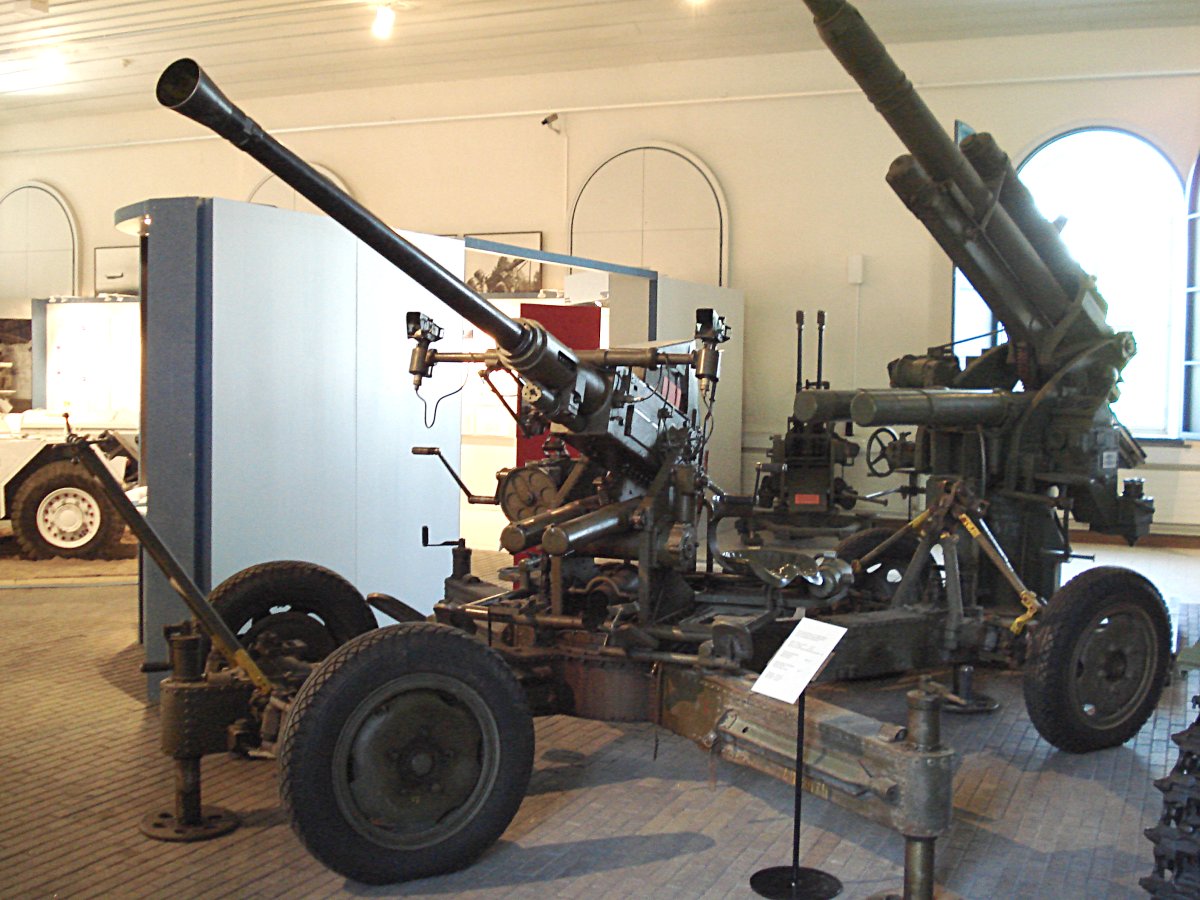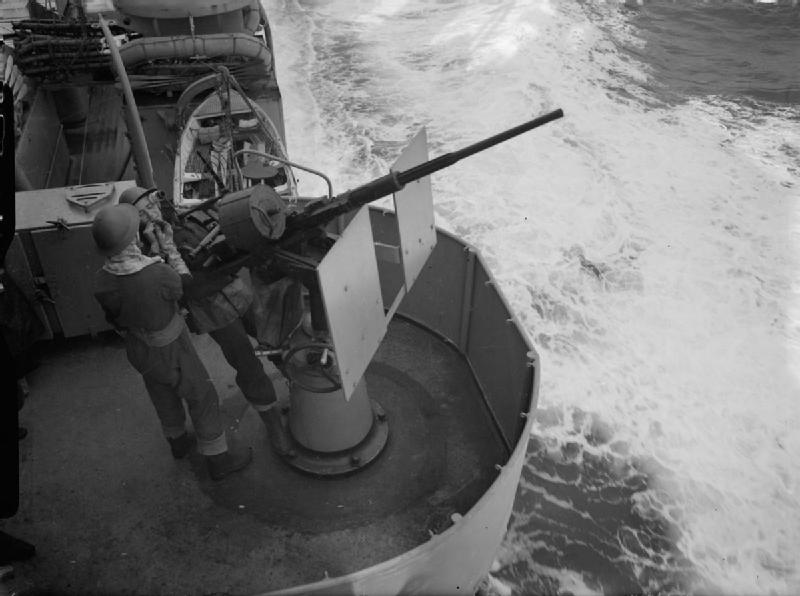|
HMS Georgeham
HMS ''Georgeham'' was one of 93 ships of the of inshore minesweepers. Their names were all chosen from villages ending in ''-ham''. The minesweeper was named after Georgeham in Devon Devon ( , historically known as Devonshire , ) is a ceremonial and non-metropolitan county in South West England. The most populous settlement in Devon is the city of Plymouth, followed by Devon's county town, the city of Exeter. Devon is .... References *Blackman, R.V.B. ed. ''Jane's Fighting Ships'' (1953) Ham-class minesweepers Royal Navy ship names 1957 ships {{UK-minesweeper-stub ... [...More Info...] [...Related Items...] OR: [Wikipedia] [Google] [Baidu] |
Georgeham
Georgeham is a village and civil parish near Croyde, in North Devon. The appropriate electoral ward is termed Georgeham and Mortehoe with total population at the 2011 census of 3,748. Georgeham is an historic village lying close to some of the most dramatic beaches of the North Devon Coast Area of Outstanding Natural Beauty which are flanked by the rocky headlands of Baggy Point and Saunton Down, although there are no views of the sea or coastline from the village itself. The character of the village is typically rural. The majority of the historic development in the village is east and south-west of the church. The village is also characterized by thatched cottages arranged in an irregular fashion along narrow lanes. There is a Victorian village school, a medieval church and two 17th Century public houses, the main one in the middle of the village, The King's Arms, and another one up a small lane, The Rock. Pronunciation is a controversial issue. Traditionalists maintain t ... [...More Info...] [...Related Items...] OR: [Wikipedia] [Google] [Baidu] |
Ham Class Minesweeper
The Ham class was a class of inshore minesweepers (IMS), known as the Type 1, of the British Royal Navy. The class was designed to operate in the shallow water of rivers and estuaries. All of the ships in the class are named for British place names that end with -"ham". The parent firm that was responsible for supervising construction was Samuel White of Cowes, Isle of Wight. Unlike traditional minesweepers, they were not equipped for sweeping moored or magnetic mines. Their work was to locate individual mines and neutralise them. This was a then-new role, and the class was configured for working in the shallow water of rivers, estuaries and shipping channels. The class consisted of 93 ships, launched between 1954 and 1959. was the first. They were built in three slightly different sub-groups, the first sub-group, the 26-group, is distinguished by pennant numbers 26xx, and the second and third sub-groups, the 27-group, are distinguished by pennant numbers 27xx. The 26-group ... [...More Info...] [...Related Items...] OR: [Wikipedia] [Google] [Baidu] |
Bofors 40 Mm L/60 Gun
The Bofors 40 mm Automatic Gun L/60 (often referred to simply as the "Bofors 40 mm gun", the "Bofors gun" and the like, see name) is an anti-aircraft autocannon, designed in the 1930s by the Swedish arms manufacturer AB Bofors. The gun was designed as an intermediate anti-aircraft gun, filling the gap between fast firing close-range small calibre anti-aircraft guns and slower firing long-range high calibre anti-aircraft guns, a role which previously was filled by older outdated guns. The Bofors 40 mm L/60 was for its time perfectly suited for this role and outperformed competing designs in the years leading up to World War II in both effectiveness and reliability. It entered the export market around 1932 and was in service with 18 countries by 1939. Throughout World War II it became one of the most popular and widespread medium-weight anti-aircraft guns. It was used by the majority of the western Allies and some Axis powers such as Nazi Germany and Hungary. In the ... [...More Info...] [...Related Items...] OR: [Wikipedia] [Google] [Baidu] |
Oerlikon 20 Mm Cannon
The Oerlikon 20 mm cannon is a series of autocannons, based on an original German Becker Type M2 20 mm cannon design that appeared very early in World War I. It was widely produced by Oerlikon Contraves and others, with various models employed by both Allied and Axis forces during World War II. Many versions of the cannon are still used today. Blowback-operated models History Origins During World War I, the German industrialist Reinhold Becker developed a 20 mm caliber cannon, known now as the 20 mm Becker using the advanced primer ignition blowback (API blowback) method of operation. This used a 20×70mmRB cartridge and had a cyclic rate of fire of 300 rpm. It was used on a limited scale as an aircraft gun on ''Luftstreitkräfte'' warplanes, and an anti-aircraft gun towards the end of that war. Because the Treaty of Versailles banned further production of such weapons in Germany, the patents and design works were transferred in 1919 to the Swiss firm SEMAG (''Seeb ... [...More Info...] [...Related Items...] OR: [Wikipedia] [Google] [Baidu] |
Pennant Number
In the Royal Navy and other navies of Europe and the Commonwealth of Nations, ships are identified by pennant number (an internationalisation of ''pendant number'', which it was called before 1948). Historically, naval ships flew a flag that identified a flotilla or type of vessel. For example, the Royal Navy used a red burgee for torpedo boats and a pennant with an H for torpedo boat destroyers. Adding a number to the type-identifying flag uniquely identified each ship. In the current system, a letter prefix, called a ''flag superior'', identifies the type of ship, and numerical suffix, called a flag inferior, uniquely identifies an individual ship. Not all pennant numbers have a flag superior. Royal Navy systems The Royal Navy first used pennants to distinguish its ships in 1661 with a proclamation that all of his majesty's ships must fly a union pennant. This distinction was further strengthened by a proclamation in 1674 which forbade merchant vessels from flying any penna ... [...More Info...] [...Related Items...] OR: [Wikipedia] [Google] [Baidu] |
Minesweeper (ship)
A minesweeper is a small warship designed to remove or detonate naval mines. Using various mechanisms intended to counter the threat posed by naval mines, minesweepers keep waterways clear for safe shipping. History The earliest known usage of the naval mine dates to the Ming dynasty.Needham, Volume 5, Part 7, 203–205. Dedicated minesweepers, however, only appeared many centuries later during the Crimean War, where they were deployed by the British. The Crimean War minesweepers were rowboats trailing grapnels to snag mines. Minesweeping technology picked up in the Russo-Japanese War, using aging torpedo boats as minesweepers. In Britain, naval leaders recognized before the outbreak of World War I that the development of sea mines was a threat to the nation's shipping and began efforts to counter the threat. Sir Arthur Wilson noted the real threat of the time was blockade aided by mines and not invasion. The function of the fishing fleet's trawlers with their trawl gear was ... [...More Info...] [...Related Items...] OR: [Wikipedia] [Google] [Baidu] |
Devon
Devon ( , historically known as Devonshire , ) is a ceremonial and non-metropolitan county in South West England. The most populous settlement in Devon is the city of Plymouth, followed by Devon's county town, the city of Exeter. Devon is a coastal county with cliffs and sandy beaches. Home to the largest open space in southern England, Dartmoor (), the county is predominately rural and has a relatively low population density for an English county. The county is bordered by Somerset to the north east, Dorset to the east, and Cornwall to the west. The county is split into the non-metropolitan districts of East Devon, Mid Devon, North Devon, South Hams, Teignbridge, Torridge, West Devon, Exeter, and the unitary authority areas of Plymouth, and Torbay. Combined as a ceremonial county, Devon's area is and its population is about 1.2 million. Devon derives its name from Dumnonia (the shift from ''m'' to ''v'' is a typical Celtic consonant shift). During ... [...More Info...] [...Related Items...] OR: [Wikipedia] [Google] [Baidu] |
Royal Navy Ship Names
There are two lists of Royal Navy ships: * List of active Royal Navy ships The Royal Navy is the principal naval warfare service branch of the British Armed Forces. As of October 2022, there are 72 commissioned ships in the Royal Navy. Of the commissioned vessels, twenty-two are major surface combatants (two aircraft ... lists all currently commissioned vessels in the Royal Navy. * List of ship names of the Royal Navy lists all names that Royal Navy ships ever bore. See also * *{{Portal-inline, War * Bibliography of 18th–19th century Royal Naval history * List of Royal Navy vessels active in 1981 * List of Royal Navy vessels active in 1982 List of Royal Navy ships List of Royal Navy ships ... [...More Info...] [...Related Items...] OR: [Wikipedia] [Google] [Baidu] |


